I have a differential manchester data stream (channel1) in the form of packets. I'm showing a capture of one packet. All packets begin with a stream of 1's. This is key, as per Maxim application note 3671: "
This circuit functions well when the received data stream has enough extra bits at the beginning of a packet or frame (in the form of a preamble or synch pattern) that it can afford to lose while the R1-C4 circuit charges up to the correct slicing threshold.
It is then suggested a fundamental data slicer can decode manchester encoded signals.
I need to convert this to to something an arduino, etc. can work with.

So I built the data slicer and tried various R and C value. I get a waveform as shown in channel 0. I need to obviously change my circuit, but will the fundamental circuit even get the job done?
Other Information:
This is a follow up to this question. This user stated in a comment:
It is trivial to make a Manchester decoder from simple logic and 3/4 1shot.
I think he is referring to a "one-shot multivibrator op-amp circuit", with specific voltage cut-offs?
UPDATE
This FCC filing shows the schematic for reading and writing the DeLaval Alcom bus. I have reproduced my version below minus the protection portion.

